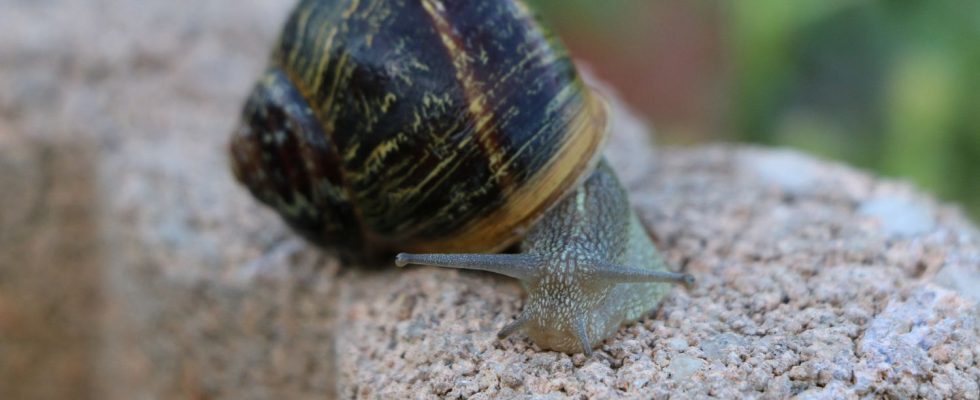To your smartphones or your cameras: the National Museum of Natural History calls on the French to photograph snails.
Article written by
Posted
Reading time : 1 min.

After a three-year hiatus, “Operation Snail” is relaunched. This is’A program participatory science. In other words: we are called upon to collect data that can be used by researchers. Because there is a lack of information on our friends the snails and other slugs. For this “operation”, iYou need a camera, a smartphone will do. It’s better if you have a garden since you will have to install a shelter to attract the snails. VSa can be a terracotta saucer or an untreated wooden board.
>> Chad: a lioness reappears in a national park, while the species had been declared extinct there since 2004
Nearly 40% are categorized as “data deficient”
Sf you are lucky and snails come to you, you can photograph them and send your observations to the QUBS site, for “Biological quality of soils”. It’s a big helping hand to scientists : this species census work, they cannot do it alone. In addition, France is a real refuge for snails: pAlmost 700 different species have been counted to date, such as water snails, land snails or slugs. A third of these species present in France do not exist anywhere else.
Munfortunately, some are threatened with extinction such as, for example, the “planorbine of the ponds”, “the brilliant tiny” or the “false velvety of the cork oaks”. Animals threatened by logging, urbanization or even the drying up of wet meadows or pollution. Other species remain unknown.
Nearly 40% are classified in the “insufficient data” categories. We do not know enough about their distribution, about their numbers. This is particularly the case of the “Maillotin de Bourgogne” or the “misleading Bythinelle”. However, these snails remain important for biodiversity, they play their role in the food chain or the quality of the upper layer of the soil.
